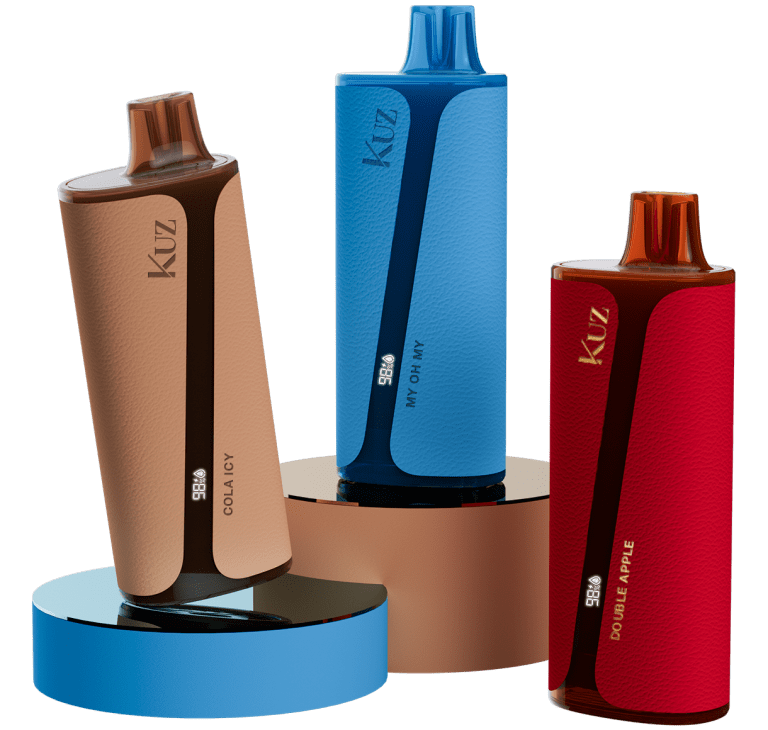Vaping has become a popular alternative to smoking, but as more research emerges, it’s clear that vaping may carry significant risks for your skin health. Whether you’re concerned about premature aging, breakouts, or skin irritation, understanding the effects of vaping on your skin is crucial.
How Vaping Affects Your Skin
The skin is the body’s largest organ, and like the rest of the body, it needs a steady supply of nutrients and oxygen to remain healthy. Unfortunately, vaping introduces a range of chemicals into your system, many of which can negatively impact your skin.
1. Premature Aging and Wrinkles
One of the most visible effects of vaping is the acceleration of the aging process. Nicotine, a primary component of many e-liquids, constricts blood vessels, reducing the flow of oxygen and essential nutrients to the skin. This constriction leads to the formation of fine lines and wrinkles, particularly around the eyes and mouth. Over time, vaping can cause the skin to lose elasticity, making wrinkles more pronounced.
2. Collagen and Elastin Breakdown
Collagen and elastin are proteins that give skin its youthful, firm appearance. Vaping can damage these proteins, contributing to sagging skin and a loss of firmness. The chemicals in vape liquids, particularly nicotine, disrupt the body’s natural production of collagen, making the skin more susceptible to aging.
3. Skin Dehydration and Dullness
Vaping can also lead to dehydration of the skin. Ingredients like propylene glycol, commonly found in e-liquids, have a drying effect on the skin, stripping it of moisture. This can leave your skin feeling rough, dull, and flaky. In severe cases, dehydration can exacerbate conditions like eczema, rosacea, and psoriasis.
4. Acne and Breakouts
Another common complaint among vapers is an increase in acne. The chemicals in vape liquids can trigger inflammation, leading to blocked pores and acne outbreaks. For those already prone to acne, vaping can make the condition worse. Additionally, vaping may alter the balance of bacteria on the skin, further aggravating breakouts.
The Chemicals Behind the Damage
Several harmful chemicals in e-cigarettes contribute to skin problems:
- Nicotine: Reduces blood flow to the skin, leading to dullness and aging.
- Propylene Glycol: A humectant that absorbs water from your skin, leading to dryness.
- Formaldehyde and Acrolein: Carcinogenic substances that can cause inflammation and oxidative stress, damaging skin cells.
How to Protect Your Skin from Vaping Damage
While the best way to avoid skin damage from vaping is to quit, there are several steps you can take to minimize harm:
- Stay Hydrated: Drink plenty of water and use a good-quality moisturizer to keep your skin hydrated.
- Use Sunscreen: Sun damage combined with vaping can worsen skin problems, so always apply sunscreen when going outside.
- Eat a Nutrient-Rich Diet: A diet rich in fruits, vegetables, and healthy fats can help support skin health by providing the vitamins and minerals needed for skin repair.
- Use Anti-Aging Skincare Products: Look for products that contain retinoids, peptides, and antioxidants to help combat the signs of aging.
- Quit Vaping: Ultimately, quitting is the most effective way to protect your skin from further damage.
Conclusion
While vaping may seem like a safer alternative to smoking, the effects on your skin are undeniable. From premature aging to acne, vaping can take a toll on your skin’s appearance and overall health. By understanding the risks and taking steps to mitigate them, you can protect your skin and maintain its youthful glow.



